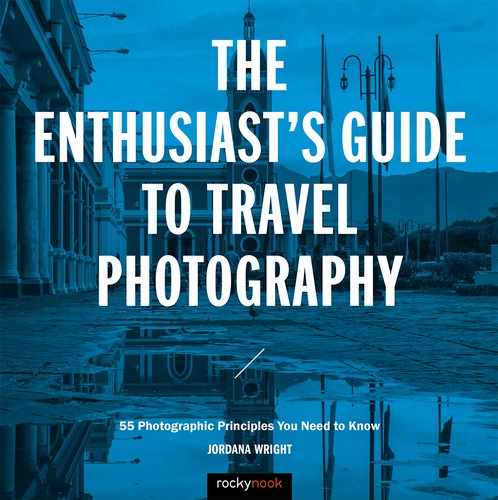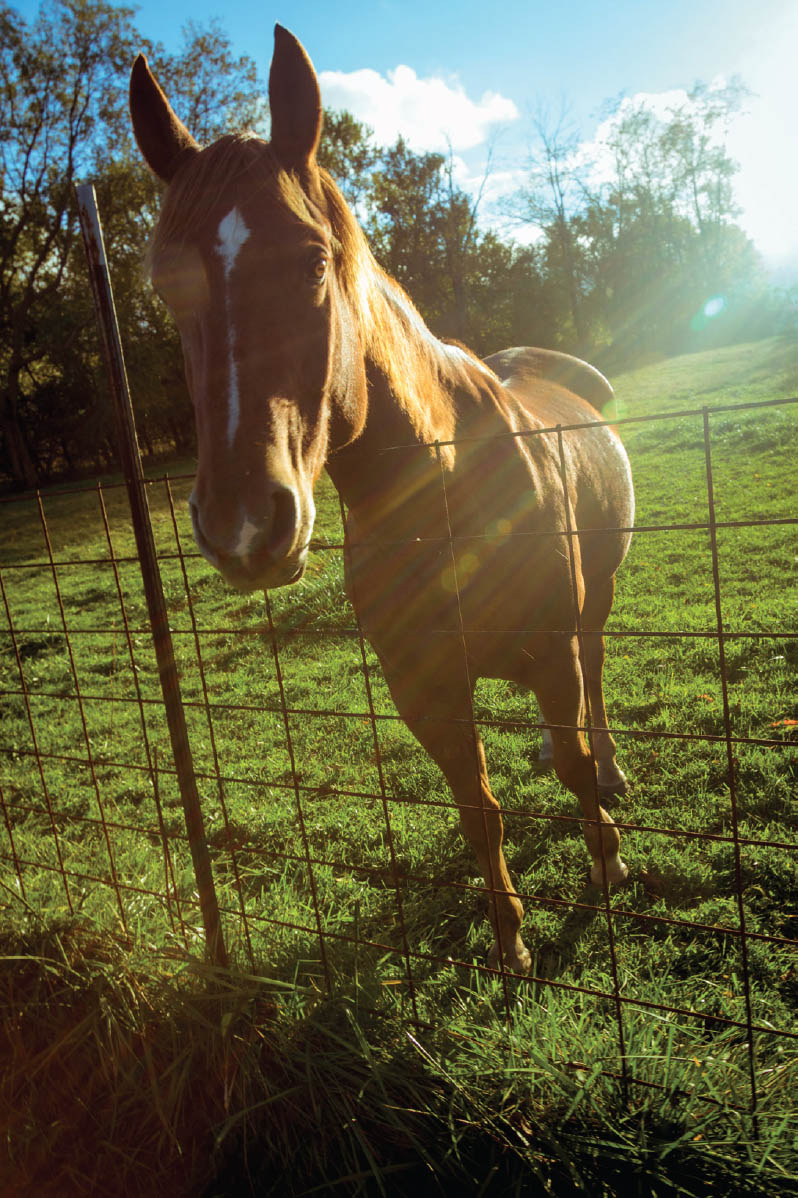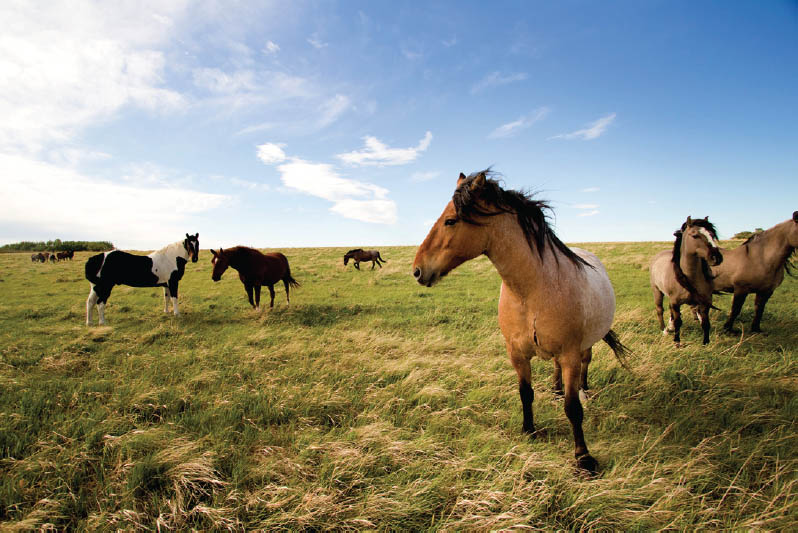8. SET YOURSELF UP FOR PHOTOGRAPHIC SUCCESS
![]()
ONE OF MY first photography jobs was the unglamorous position of preschool portrait photographer. It was both wonderful and terrible. I worked for a national company with a consistent style and clear expectations of how the final images needed to look. Every single day, I photographed anywhere from forty-five to three hundred kids between the ages of six weeks and six years. There were props, heavy backgrounds, hot studio lights, and an endless stream of snotty noses to wipe. It was, by far, the most exhausting and thankless gig I’ve ever had.
The primary strength of this mostly terrible, gut-punching job was what I learned. I learned to create consistent photographic results in inconsistent environments. I learned to work quickly with dozens of tiny impatient eyes trained on me. I learned to manage crises in real time. I learned to roll with whatever came my way. That job exposed me to so many things, and I learned that you can’t plan for everything so you need to be practiced and prepared with the variables you can usually control—the gear.
By the end of that year of toddler torment, I was a machine. I knew every millimeter of that camera. Every button. Every setting. And every photographic success I’ve had since was built off that foundation. Hopefully your travel experiences won’t be as loud, overwhelming, and chaotic as photographing 300 tiny, leaky humans before lunch, but you should prepare for it just as hard and know your camera just as well.
Long before you travel, put yourself through a self-directed boot camp. Grab your gear and practice all the maneuvers you’re likely to do in the field. See how fast you can get your tripod set up and broken down. Practice swapping lenses quickly and safely (always point the sensor down toward the ground to minimize dust). Make sure you feel comfortable attaching and detaching any accessories.
Don’t just go through the motions mindlessly—design a mental system for any action that you can repeat again and again. Create good habits. Practice switching between settings you know you’ll commonly use. Educate yourself on all the buttons, functions, dials, and menus in your camera. Eventually your gear will feel like an extension of your arm. When you hit that point, keep practicing.
Your travels will give you many opportunities to experiment with new subjects and new conditions, but consider practicing tricky situations under similar conditions at home—especially if those conditions will be fleeting. A friend of mine recently visited Iceland. She had just purchased her first DSLR and had her heart set on photographing the Northern Lights. Before she left, I talked her through the settings she would want to consider, and she practiced adjusting the camera settings accordingly. While she was still at home, she went out at night to practice photographing with a tripod under the night sky. Through preparation and repetition, she set herself up mentally and physically to get the best possible images of the Northern Lights in the short-lived opportunities that awaited her. When she arrived in Iceland, she was able to enjoy the experience and photograph the Northern Lights free of anxiety or self-doubt.
So, if you’re going to shoot coral reefs, take the underwater housing out for a test drive in a lake or even a bathtub to get comfortable making adjustments underwater. If you’re going to shoot exotic wildlife, practice your settings and techniques with the squirrels and birds in your neighborhood. I photographed my in-laws’ horse, Roy (Figure 8.1), many times over the years, which prepared me and gave me confidence to approach open-range horses in Montana (Figure 8.2).
8.1 Roy, the mustang. Paris, Illinois
ISO 160; 1/40 sec.; f/10; 17mm
If you’re planning on doing some street photography on your travels, go to a busy place near home and practice shooting quickly to capture passing moments. Practice shooting from the hip. Practice holding your breath during longer handheld exposures. Just practice. Create similar shooting conditions and work out the kinks at home. When the pressure is on and you’re working with limited time in a location, you’ll be glad you did.
8.2 Open-range horses near the Blackfeet Reservation in Browning, Montana
ISO 100; 1/80 sec.; f/7.1; 10mm


